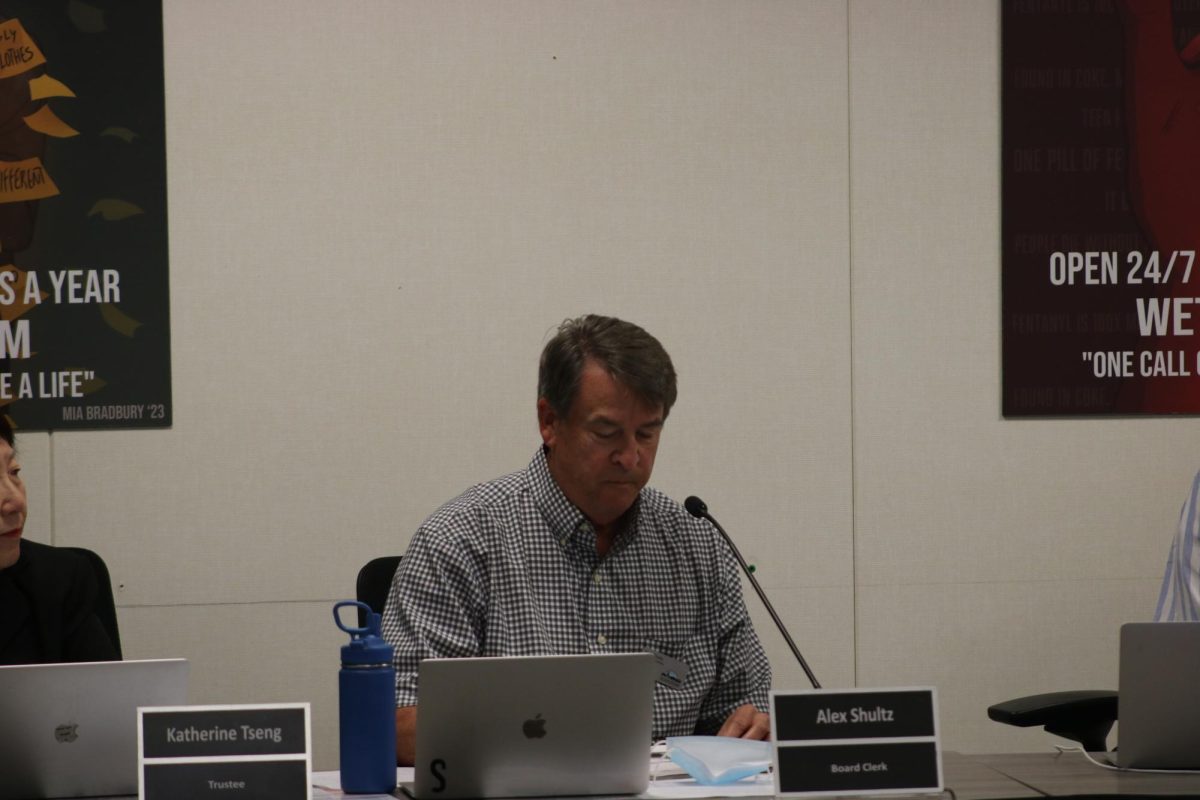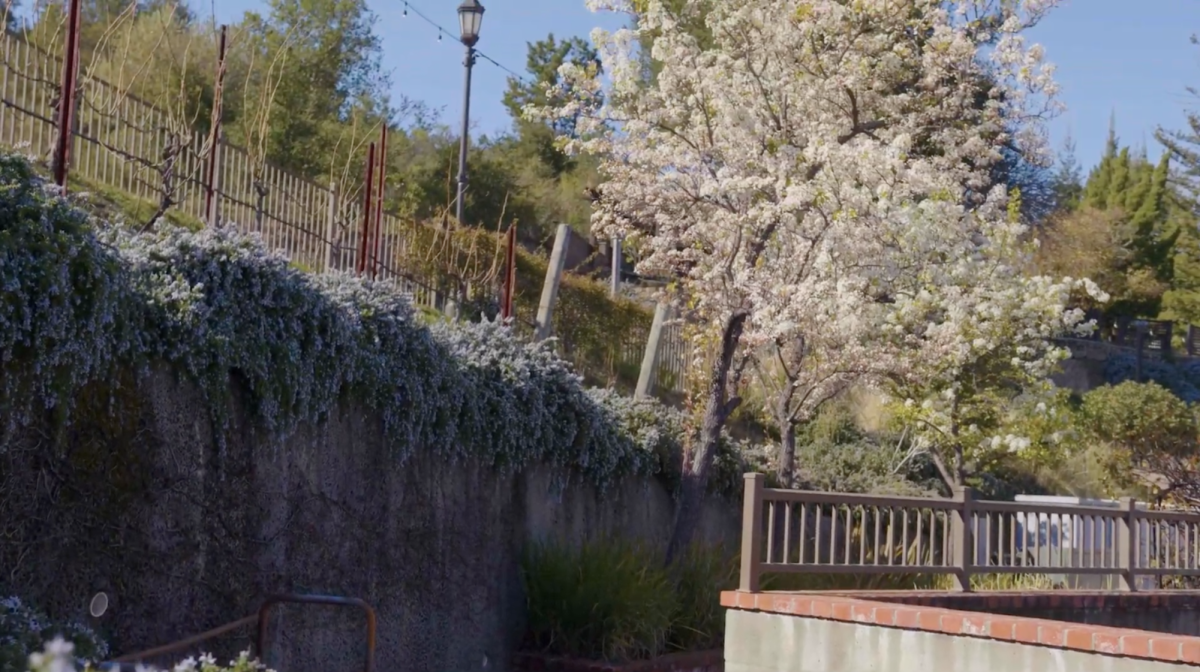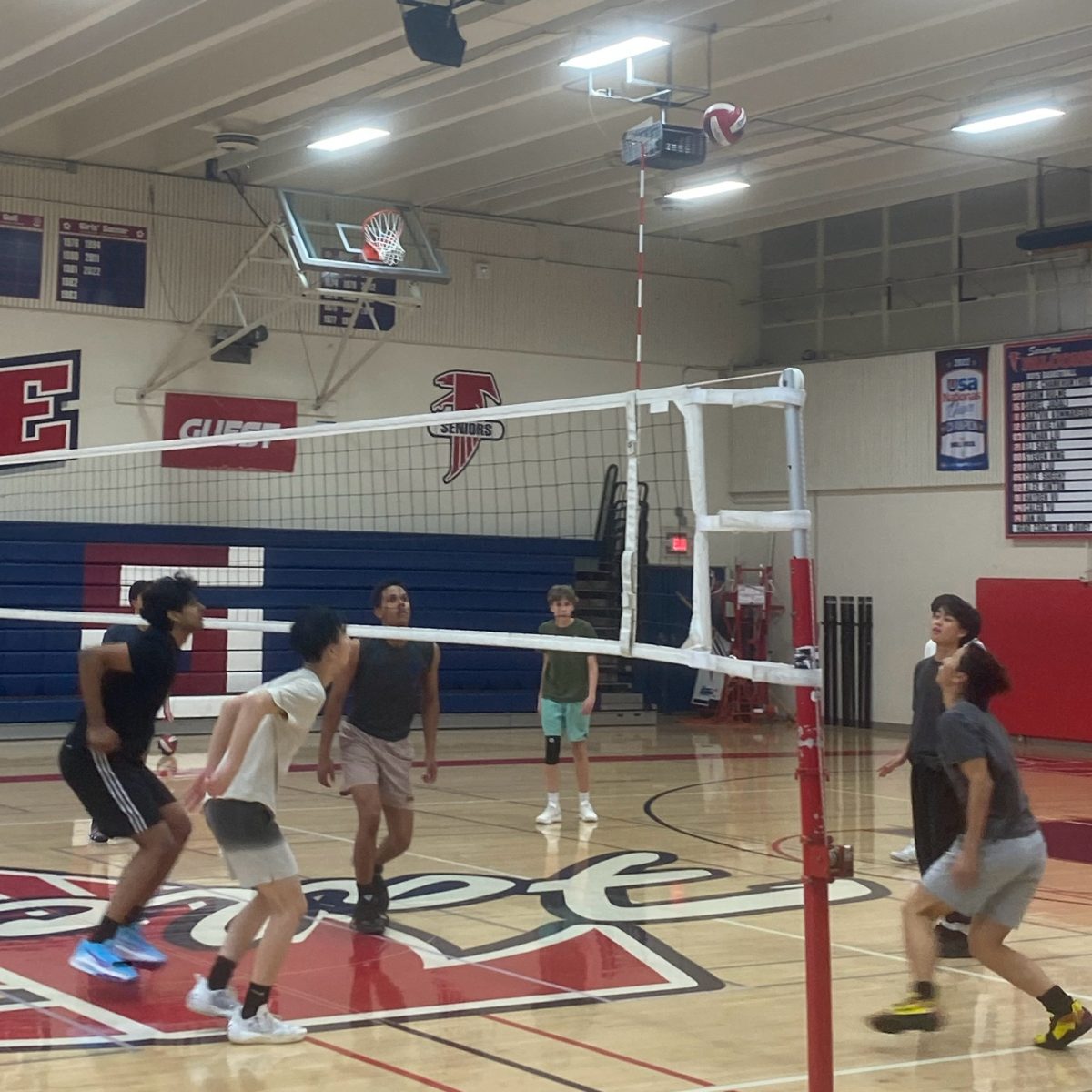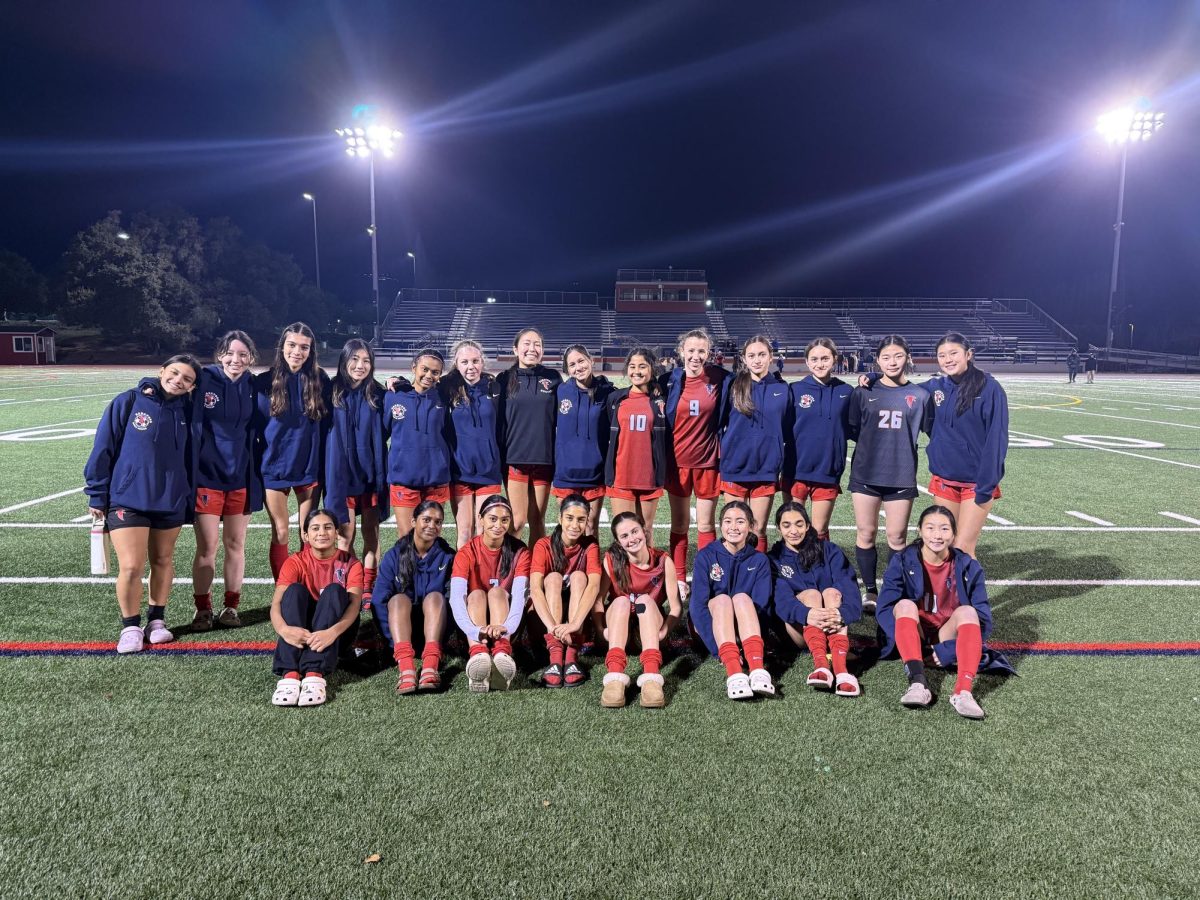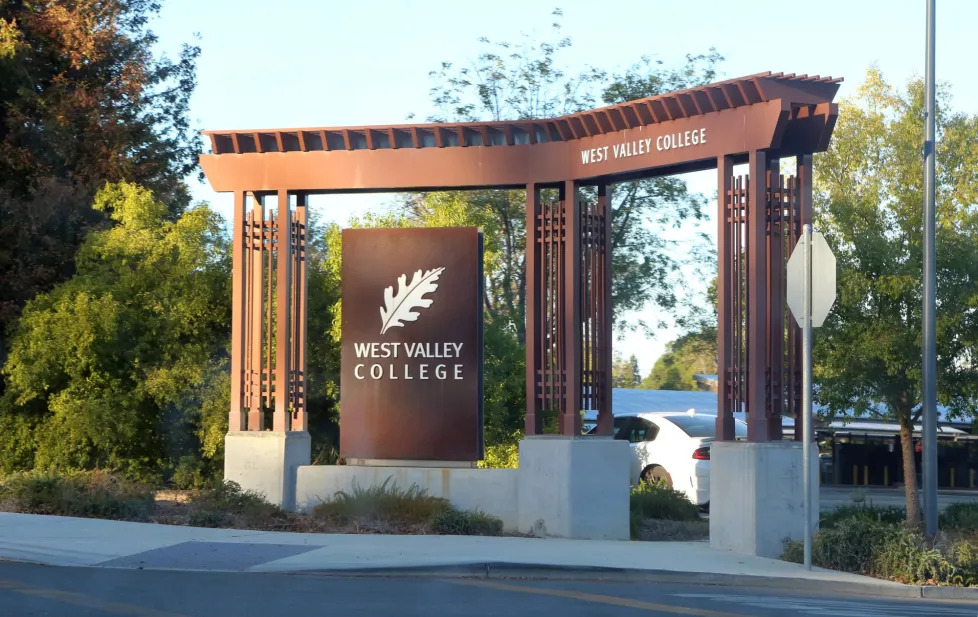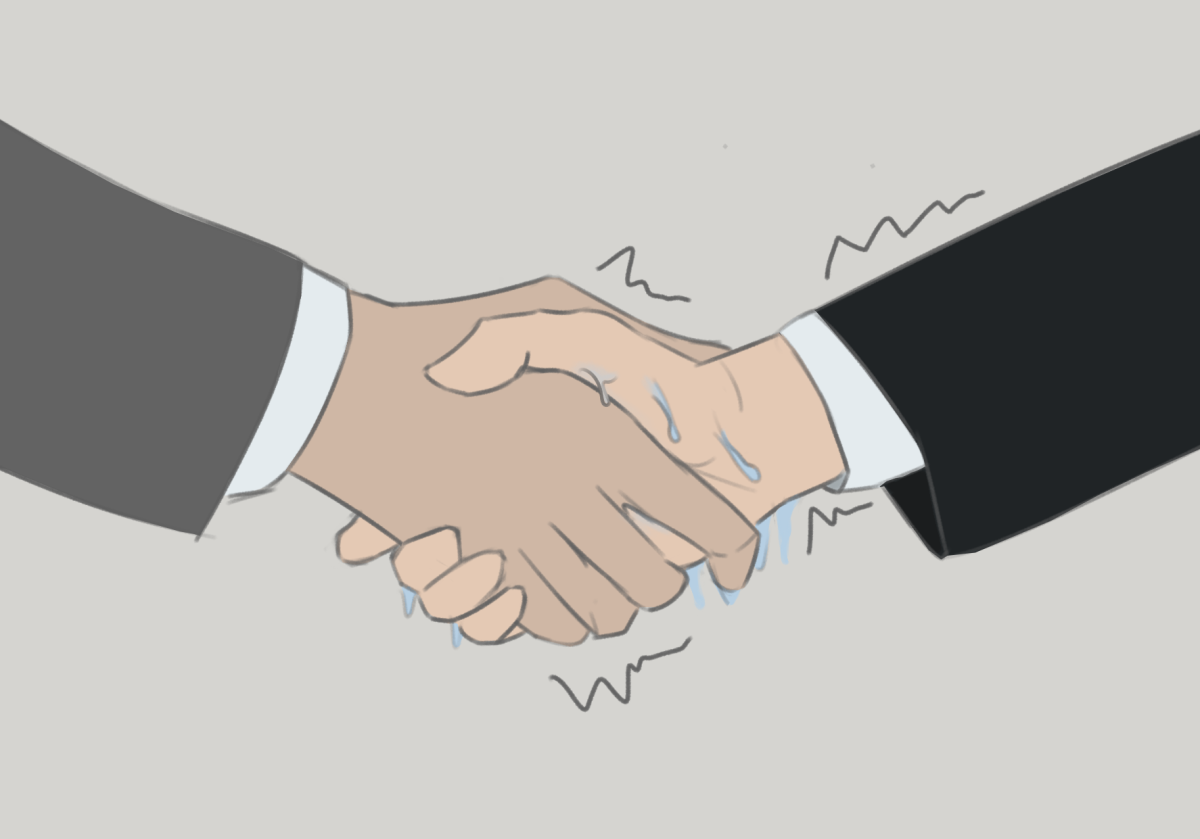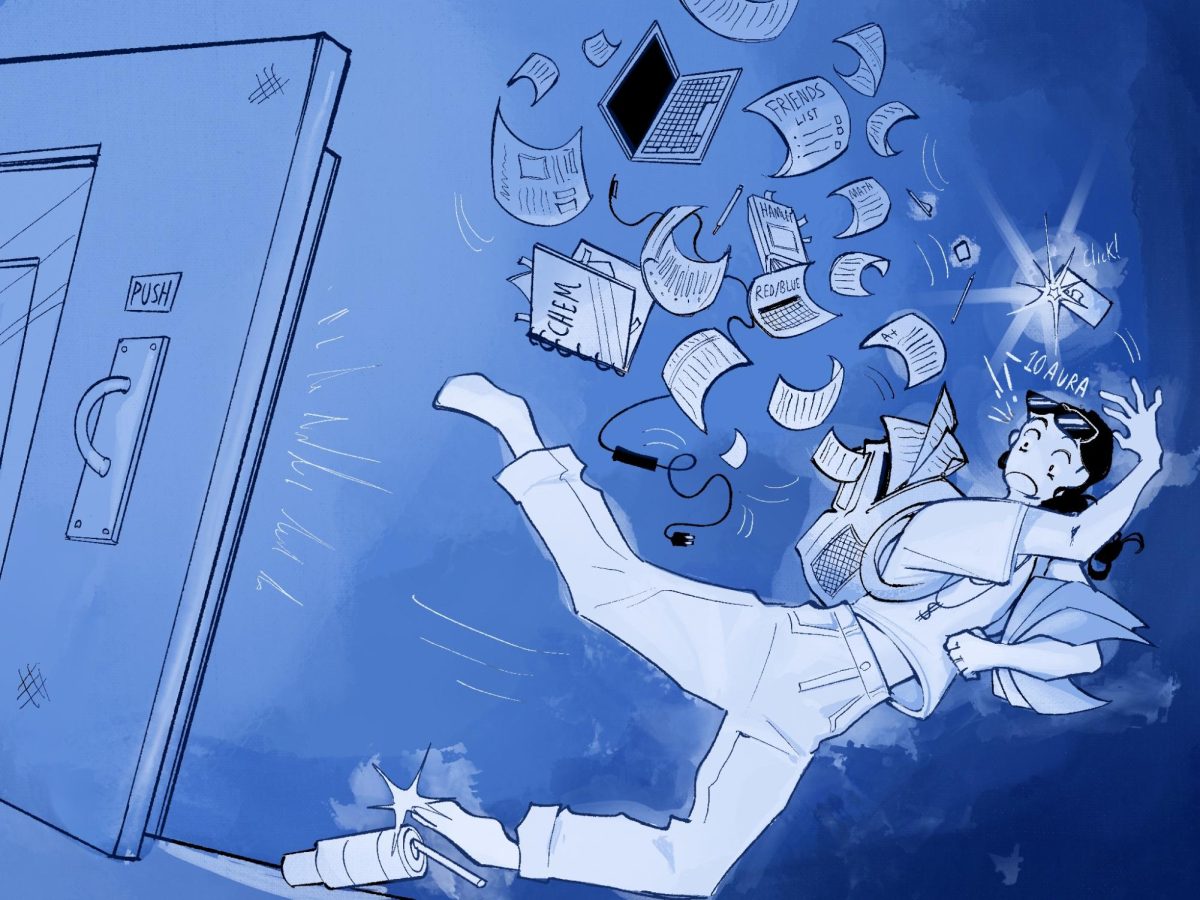When comparing a teacher to a coach, the two seem extremely similar. Teachers are responsible for the academic growth of their students; coaches try to pass on skills and knowledge of their sport.
World History and U.S. Government teacher Kirk Abe has experience with both. Abe became the head coach of wrestling at Saratoga High in in 2006 and stopped in 2009 due to health issues.
Some key similarities between teaching and coaching are in the goals and mindsets required for both, according to Abe. Both have daily goals that the mentor sets for the student. In sports, coaches call them the daily objectives, while in teaching, teachers call them the lesson plan.
“Motivation is key,” Abe said. “You have to motivate students in the academic setting as you do on the wrestling mat.”
Abe said some other areas of overlap include the expectations, which must be clearly defined. Another common aspect is the expectations set on students to help promote success.
“In sports, you have the win-loss result,” Abe said. “In the classroom, you have tests. The assessment in sports is more hands on, especially with the competition factor.”
Despite all the similarities, there are a few distinct differences between the two. Though competition can often be present in the classroom, the direct interaction with competitors in sports is significantly more intense.
“In class, it’s more indirect and students are responsible for the level of competition,” Abe said. “Sports are built around the goal of competing against an opposing team.”
Abe believes a major distinction between the two is the amount of time spent together with teams compared to classes.
“On an athletic team you spend a lot more time with a smaller amount of students,” Abe said. “You reach a level where you know their goals and can share in their experiences. It’s possible to individualize your coaching for each player on the team.”
Just by comparing the 125 students seen in a two-day block to the 10 to 15 players on a team, it is clear that coaches have a much better opportunity to develop their relationships with their players.
“You end up being with your coach as much as some members of your family,” Abe said. “I think that’s a major difference. You spend a lot more time on the field than in the classroom.”
Abe said another major difference between the two is the dedication of students compared to players, which affects the techniques teachers and coaches use in the classroom or on the court.
“Not everyone is coming in to my class loving government,” Abe said. “Athletes, however, are on the playing field because they have a passion for it.”
Whatever the medium, being engaged in the material is vital, according to Abe.
“Having a passion for what you do transcends everything,” Abe said. “When you are really into it, I think the students catch on and kind of feel it.”
Ultimately, the importance of each activity boils down to how much students are able to get out of it.
“You’re not going to change every student into a rocket scientist,” Abe said. “You’re not going to change everyone on the court into an NBA star. I guess the thing we strive for is [for them] reach their potential.”

